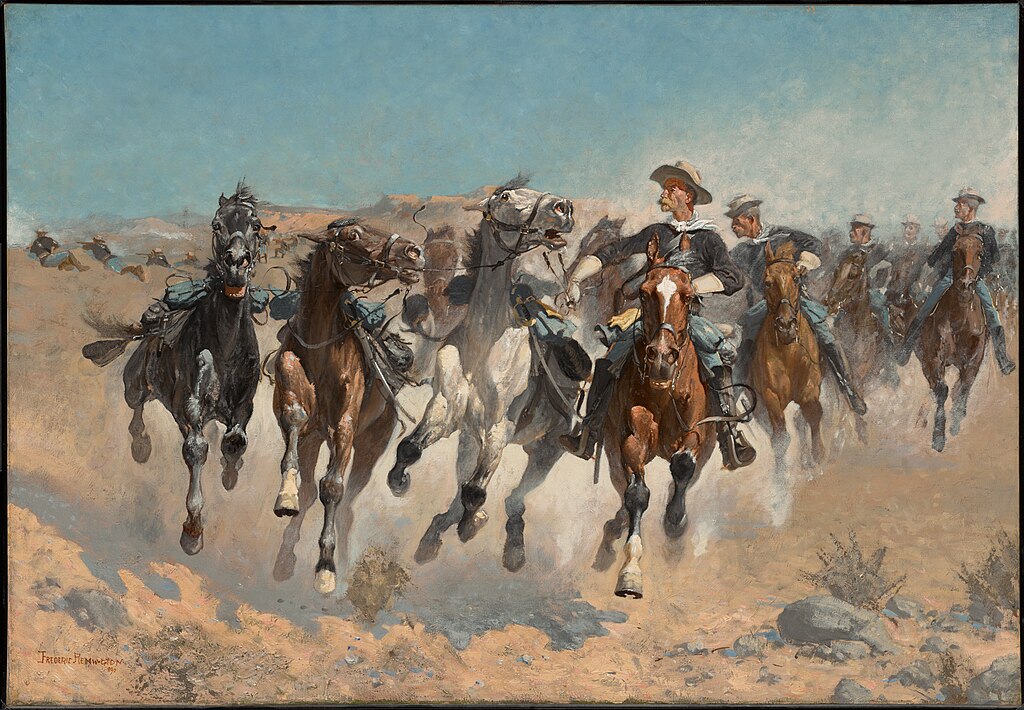Week 16
Bruce Thompson:
The language and the costume come from south of the border: corral, mustang, lasso, lariat, ranch, sombrero, chaps, bronco, wrangler (caballerango=horse herdsman), rodeo, buckaroo (from vaquero).
"There is a geographical band of demarcation through the middle of America where eastern mixed forest stops and tall-grass prairie begins to shade gently upward into short-grass plains, and where precipitation declines from more than twenty annual inches to as few as ten. It is not a precise boundary that can be drawn with a straightedge, but it can be traced generally downward from Canada through the eastern half of the Dakotas, central Nebraska, and western Kansas, Oklahoma, and Texas. And it extends, with some notable islands of exception (the Rockies, the Sierra, western Washington and Oregon), all the way to the Pacific slope. Its principal geophysical features, in order of importance, are aridity, treelessness, and a comparatively level surface."
—Page Stegner
The cowboy era is post-Civil War: the North American ranch began to emerge in the southern part of Texas during the 1860s. The peak came circa 1880; the crash in 1886-87. The cowboy worked on a ranch; his principal job was to round up cattle and drive them to market, i.e., to cattle towns like Abilene, from whence they would be shipped by rail to Chicago slaughterhouses.
The ranch was to the West what the plantation was to the South. From a sociological perspective, the system on the Western range "was one of wage laborers selling their services freely, sometimes for only a season or two, then moving on. With the job necessarily went a lot of autonomy. Since chasing after steers often took one far away from the scrutiny of a foreman, since in fact the work demanded a great deal of self-directedness and initiative, and since the hired men were allowed to ride big horses and carry big guns across a big space, there was relatively more personal freedom for workers in the ranching industry than in, say, the textile factory or the cotton field …
"Though it adopted terms, tools, and animal lore going back into the dim past of Iberian and Celtic antecedents, the ranch was unmistakably a modern capitalist institution. It took form in the marginal environments of the New World, where heretofore there had been only a few domesticated animals. It specialized in raising exotic cattle and other animals to sell in the marketplace, furnishing meat, hides, and wool to the growing metropolises of the East and to Europe. The animals were a mechanism for converting the western grasslands into a form suitable for human consumption. From the earliest period in the United States the scale of this industry was continental, growing up as it did with the national railroad lines: then, following the invention of the refrigerator ship in 1879, it became transoceanic and global." (Donald Worster).
Below: Frederic Remington, Dismounted: The Fourth Troopers Moving the Led Horses, 1890, oil on canvas, Clark Art Institute, Williamstown, Massachusetts"
RECOMMENDED READING

Page Stegner,
Winning the Wild West: The Epic Saga of the American Frontier, 1800--1899,
Free Press,
ISBN 978-0743232913
